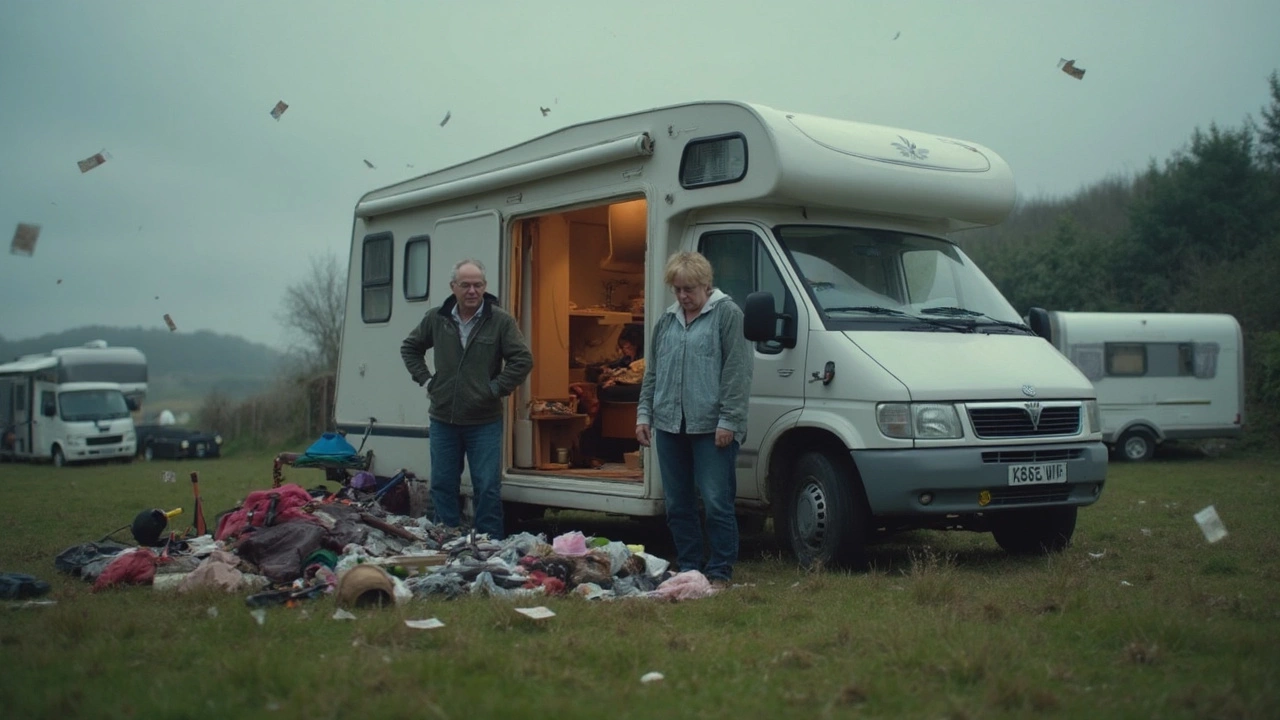Full-Time RVing: How to Live on the Road Comfortably
If you’ve ever dreamed of waking up to a new view every day, full-time RVing might be the answer. It’s not just a holiday; it’s a lifestyle that lets you trade a fixed address for endless scenery. Below you’ll find the core steps to start living in a motorhome without breaking the bank or losing your mind.
Pick the Right Motorhome for Everyday Life
The biggest decision is the vehicle itself. Look for a model that fits your size, budget, and the way you travel. A Class C motorhome offers a good balance of space and drivability for most people, while a Class A gives extra comfort if you can afford the fuel. Check the floor plan for a proper bed, a functional kitchen, and enough storage for long trips. Don’t forget to test the bathroom fixtures – a reliable shower and toilet are lifesavers when you’re on the road 24/7.
Before you sign anything, drive the motorhome on a variety of roads. You’ll pick up how it handles in the city, on highways, and on winding country lanes. If you plan to stay in colder climates, make sure the insulation and heating system are up to the task.
Budget Like a Pro and Keep Costs Predictable
Full-time RVing can be cheaper than a rent‑and‑mortgage routine, but only if you watch the numbers. Start with a realistic monthly budget that covers:
- Loan or lease payments
- Insurance (both vehicle and liability)
- Fuel – average 8‑12 MPG for most motorhomes
- Campground fees – ranging from free wild sites to $50+ for full hookups
- Maintenance and unexpected repairs
- Internet and phone plans for staying connected
Many full‑timers cut costs by mixing paid campgrounds with free wild‑camp spots that are legal in the UK, like certain Forestry Commission lands. Keep a spreadsheet and update it weekly; you’ll spot trends and avoid surprise expenses.
Stay Connected and Organized on the Move
Working from a motorhome means reliable Wi‑Fi. A mobile hotspot with a data‑heavy plan, paired with a signal booster, works for most jobs. Some campgrounds provide free Wi‑Fi, but the speed can be spotty, so have a backup plan.
Organize your paperwork – registration, insurance, and any permits – in a digital folder you can access from any device. A simple app for expense tracking and a cloud‑based calendar for reservations keep everything in one place.
Make the Motorhome Feel Like Home
Personalize your space with a few comforts that travel well. Magnetic spice racks, a collapsible laundry hamper, and LED lights that plug into the 12‑V system add convenience without extra weight. Keep a small stash of favorite foods – canned beans, pasta, and coffee – so you don’t rely on every campground kitchen.
Don’t forget a routine. Even a quick morning stretch, a daily check of tire pressure, and a walk around the site make the nomadic life feel stable. The more habits you build, the less the road feels chaotic.
Safety and Community Tips
Safety on the road is simple: lock doors, install a smoke detector, and keep a fire extinguisher within reach. Know the local rules for where you can park overnight – many UK towns have restrictions that differ by season.
Joining online RV forums or local clubs can save you hours of research. Members share the best free sites, mechanics they trust, and tips for staying clean in remote areas. A quick chat can turn a lonely stretch into a friendly stop.
Full-time RVing isn’t a wild gamble; it’s a series of small, manageable decisions that add up to a life of freedom. Choose a motorhome that meets your needs, keep a tight budget, stay connected, and build routines that ground you. With those basics in place, the open road becomes your new backyard.
Unexpected Downsides of Living in an RV: What You Need to Know Before Hitting the Road
Explore the real drawbacks of RV life—from hidden costs to space problems and maintenance headaches. Don’t let wanderlust blind you to the pitfalls.
